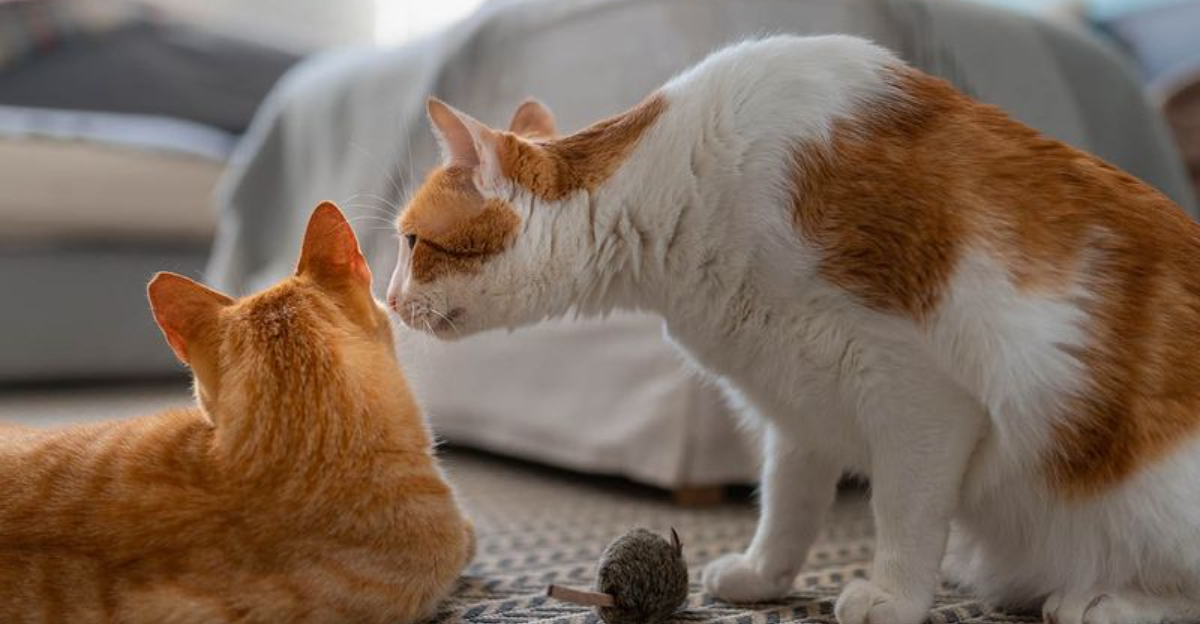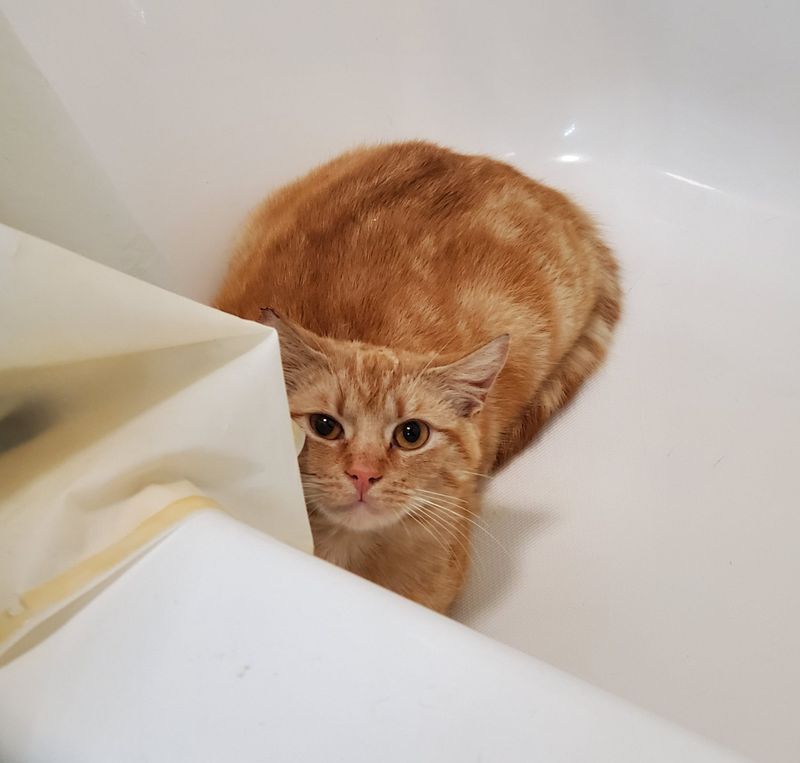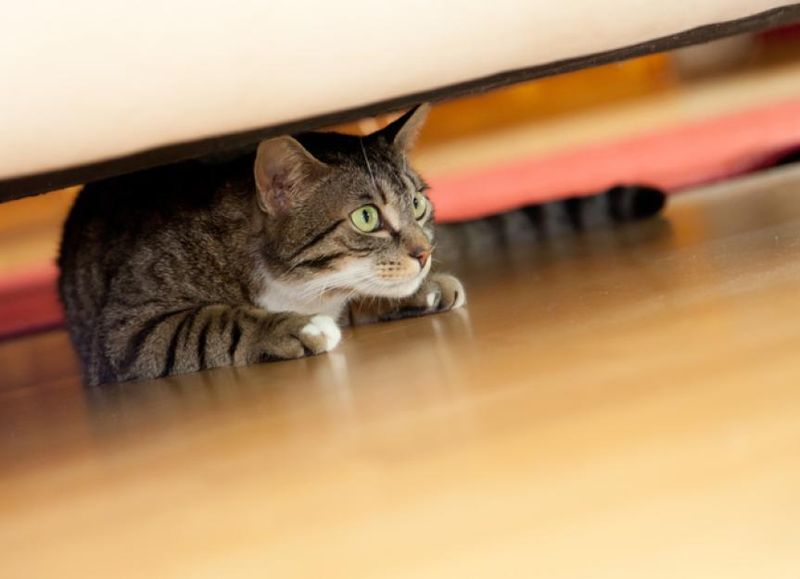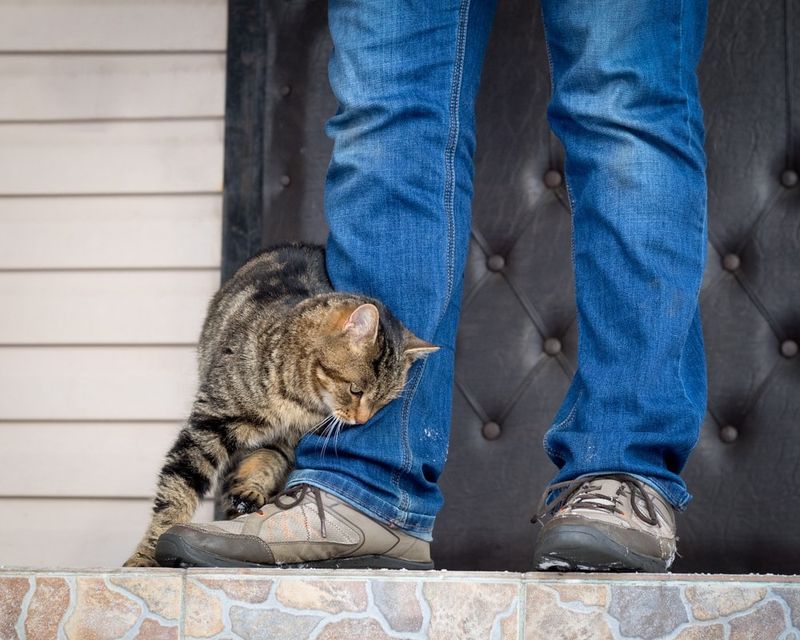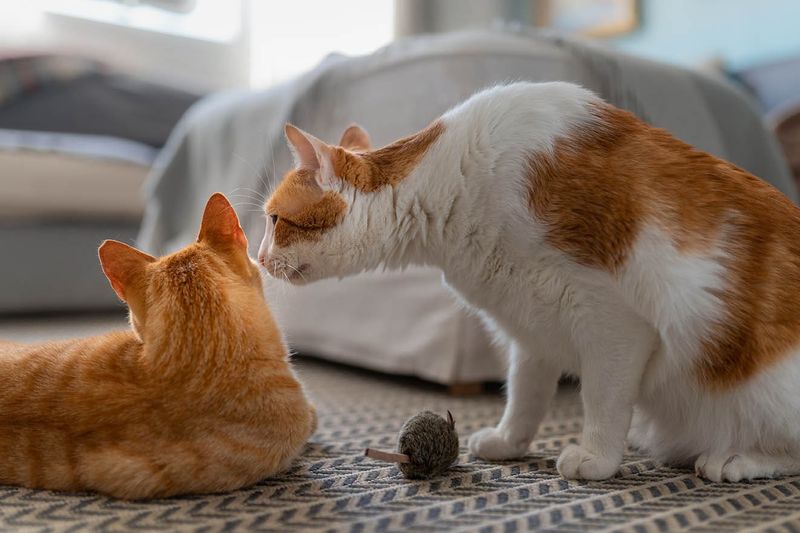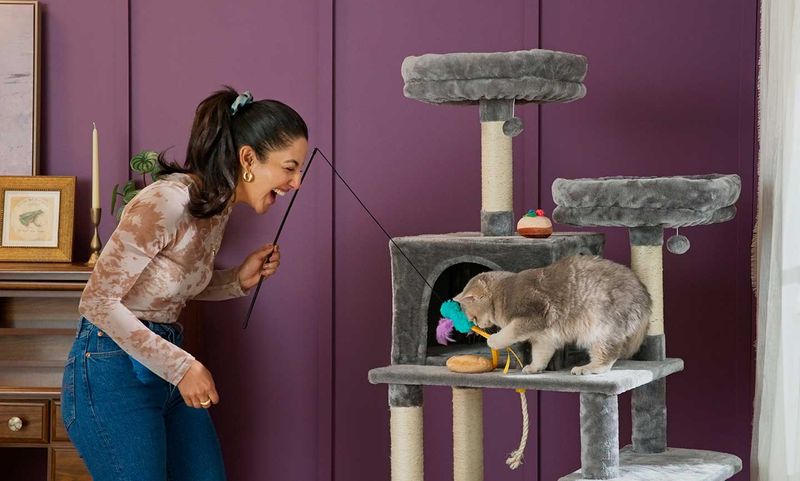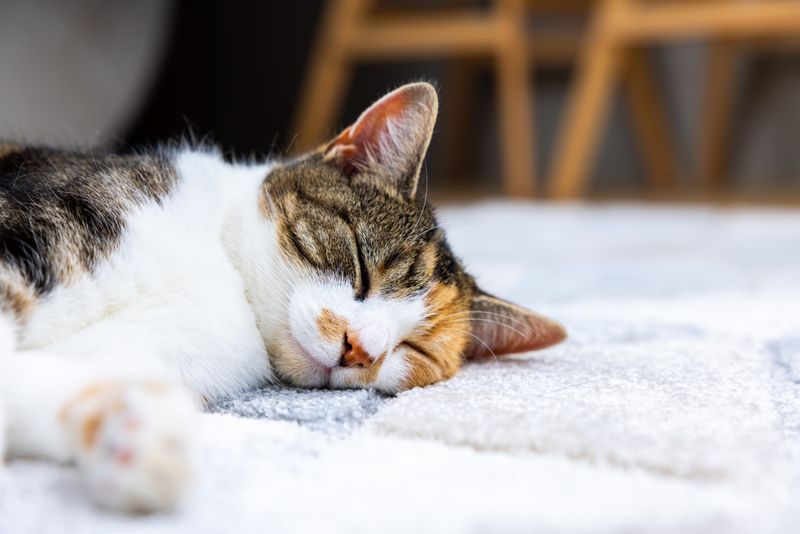📖 Table of Content:
- 1. Forcing Interaction
- 2. Using Punishment as a Tool
- 3. Ignoring Individual Needs and Boundaries
- 4. Introducing Too Many New Stimuli at Once
- 5. Inconsistent Socialization Efforts
- 6. Overstimulation
- 7. Relying Too Much on Food Bribes
- 8. Overlooking Body Language
- 9. Rushing the Process
- 10. Using Outdated Methods
- 11. Neglecting to Create a Safe Space
- 12. Ignoring Stress Factors in the Home
- 13. Not Seeking Professional Help When Needed
Introducing your cat to other animals—or even new people—can be a delicate process. While some cats adapt quickly, others may feel overwhelmed, anxious, or even defensive. In this guide, we break down 13 common mistakes cat owners make when trying to help their cats socialize—and how to avoid them.
From rushing introductions and ignoring body language to using the wrong rewards or environments, these missteps can lead to stress, fear, or long-term behavioral issues. With expert-backed insights, you’ll learn the right way to create positive experiences that encourage trust and comfort, whether you’re introducing a new pet, hosting guests, or just trying to help your cat feel more confident.
Perfect for multi-pet households, new cat owners, or anyone working to build a happier, more harmonious home for their feline companion.
1. Forcing Interaction
Imagine a cat being pushed into a room full of strangers; it’s a recipe for anxiety. Forcing interaction can make your cat wary of socializing forever. Allow your feline friend to dictate the pace. Observe their cues and let them approach new situations when they’re prepared. A cat’s trust is earned through patience, not pressure. Gently introduce them to new experiences, avoiding abrupt or forceful actions. Over time, their confidence will grow, and so will your bond. Remember, each cat has its tempo. Respect it and watch as they blossom in their own time and terms.
2. Using Punishment as a Tool
Punishment might seem like a quick fix for bad behavior, but it only sprouts fear and distrust. Instead of shouting or reprimanding, use positive reinforcement to guide your cat towards better habits. A softly spoken word or a gentle pet can build a bridge of understanding. Cats, like humans, thrive on kindness and patience. Over time, you’ll notice a shift in behavior without the strains of fear. Celebrate their successes, however small, and encourage them with love. A cat’s world is best navigated with empathy. Every pet deserves a compassionate approach to learning.
3. Ignoring Individual Needs and Boundaries
Every cat is a universe of its own, with quirks and boundaries unique to them. Ignoring these signals can lead to setbacks in their social journey. Watch their body language closely; a twitch of the tail or a flattened ear speaks volumes. Adapt to their comfort zones, giving them the space they need. Cats flourish when their individuality is respected. Create an environment where their needs are met, and they’ll start seeking companionship on their own. Embrace their uniqueness, and you’ll nurture a more open and happy feline. Acknowledge and cherish their personality.
4. Introducing Too Many New Stimuli at Once
Ever felt overwhelmed by a flood of new experiences? Cats feel the same when bombarded with unfamiliar stimuli. Gradual introductions are key. Too much, too soon can cause them to retreat further into their shell. Introduce new sounds, people, and environments one at a time, allowing them to acclimate slowly. This thoughtful approach prevents anxiety and fosters curious exploration. With patience, your cat will grow comfortable, stepping out to explore more of the world around them. It’s about balance—enough novelty to intrigue, but not so much to intimidate.
5. Inconsistent Socialization Efforts
Consistency is the cornerstone of building trust and security in cats. Inconsistent socialization can leave them confused and hesitant. Establish a routine that incorporates regular interactions, ensuring predictability in their daily life. Whether it’s playtime or quiet observation, maintain a steady pace. This predictability helps your cat feel secure and understood. Over time, consistency will encourage them to engage more openly, knowing what to expect. Their world becomes a safe, reliable place, and in turn, they become more comfortable exploring it. A reliable routine is your cat’s best friend.
6. Overstimulation
Imagine a world that’s always loud and bustling—a sensory overload nightmare for cats. Overstimulation can lead to stress-induced behaviors. Pay attention to their reactions; if they retreat or show signs of distress, it’s time for a break. Create a balance between activity and downtime, allowing your cat to recharge. By respecting their limits, you’ll foster a more relaxed and confident companion. Recognize when playtime becomes too much and provide a quiet sanctuary for rest. Less can be more when nurturing a calm and contented feline spirit. Read their signals and adjust accordingly.
7. Relying Too Much on Food Bribes
Food might be a preliminary motivator, but it’s not a sustainable socialization tool. Over reliance on treats can lead to weight gain and superficial interactions. Balance is key—combine treats with petting, play, and verbal praise. Engage your cat with toys, games, and gentle affection as reinforcement. This holistic approach helps them build genuine confidence and trust without depending solely on food. It’s about creating meaningful connections beyond treats. Encourage exploration and interaction with a variety of rewards, nurturing a well-rounded social experience that fosters a deeper bond.
8. Overlooking Body Language
Cats communicate volumes through their body language. Overlooking these cues can lead to misunderstandings or even bites. Learn to recognize signs of discomfort, like a flicking tail or dilated eyes. By reading their language, you can adapt your approach, fostering trust and relaxation. A cat that feels understood is more likely to engage positively. Educate yourself on their signals; this knowledge is a powerful tool in enhancing your bond. Understanding their gestures can transform interactions, making them more rewarding for both you and your feline companion. It’s a silent language worth learning.
9. Rushing the Process
In a world obsessed with speed, patience is a virtue, especially in cat socialization. Rushing can push your cat back into the shadows. Take your time; allow them to grow comfortable at their pace. Each small step forward is a victory. Celebrate these milestones and resist the urge to hasten progress. By honoring their timeline, you build a foundation of trust. This gradual approach encourages them to open up, revealing a more social and curious side. In the end, patience pays off with a more confident and well-adjusted feline friend.
10. Using Outdated Methods
Old habits die hard, especially in cat training. Outdated methods like the use of spray bottles or loud noises can increase anxiety. Embrace modern, humane techniques centered on positive reinforcement. These methods nurture trust and encourage desired behaviors without fear. Replace intimidation with gentle guidance, making learning a rewarding experience. Invest in understanding and patience, rewarding progress with affection and treats. This enlightened approach fosters a secure environment, where learning is a positive journey. Evolution in training techniques benefits both the cat and their human, cultivating a harmonious relationship.
11. Neglecting to Create a Safe Space
Every cat needs a sanctuary—a personal retreat where they feel safe. Neglecting this can hinder their ability to unwind and socialize. Provide an area away from noise and foot traffic, filled with cozy beds and hiding spots. This space allows them to decompress and feel secure. It’s their refuge from the chaos of daily life. By offering a retreat, you empower them to engage more confidently with the world. It’s a simple yet profound way to support their social journey. A calm environment is the cornerstone of a happy, well-socialized cat.
12. Ignoring Stress Factors in the Home
A home isn’t always a sanctuary when stress factors linger. Ignoring loud noises, strong scents, or constant movement can keep your cat on edge. Identify and reduce these stressors to create a calm atmosphere. A serene environment promotes relaxation and better socialization. Pay attention to their reactions; they’re indicators of discomfort. By removing or mitigating stressors, you help your cat feel more at ease. A tranquil home fosters exploration and engagement. It’s about creating harmony within their living space, so they can thrive and connect with you in peace.
13. Not Seeking Professional Help When Needed
Sometimes, despite your best efforts, professional help is needed. Persistent fear or aggression in your cat shouldn’t be ignored. Consult with a veterinarian or a behaviorist to tailor strategies for your unique feline. These professionals can offer insights and solutions you might not have considered. A personalized approach can make all the difference. Don’t hesitate to reach out; expert guidance is a valuable resource in your cat’s social journey. It’s a proactive step that prioritizes your cat’s well-being, ensuring they lead a balanced and happy life. Support is always available.
